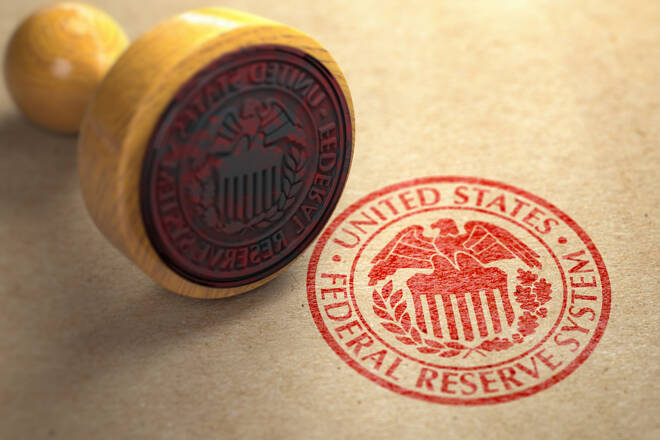Advertisement
Advertisement
Crypto Turmoil Makes Fed’s Brainard Call for Robust Action on a CBDC
Updated: May 26, 2022, 12:26 GMT+00:00
Fed Vice Chair Lael Brainard said that a U.S. central bank digital currency could be one possible way to ensure the global use of USD.
Key Insights:
- Lael Brainard called for robust action on a U.S. CBDC in the wake of the recent crypto collapse.
- She highlighted the need for a clear crypto “regulatory guardrail” to protect investors and financial stability.
- New forms of digital money, such as stablecoins, might bring significant counterparty risk.
Lael Brainard, Federal Reserve’s Vice Chair, has been consistently vocal about the U.S.’s central bank digital currency (CBDC) and its benefits.
For instance, in February, she stressed the need for a U.S. CBDC to promote financial stability in a future financial system. She also encouraged the country to be a leader in research and policy regarding CBDCs in the wake of recent international developments, citing the People’s Bank of China’s pilot program for its digital yuan.
In 2021, she pressed the case for a digital dollar, saying that a central bank-backed crypto could provide benefits.
Brainard again sees a need for CBDC, recent events to be blamed
In the wake of the recent Terra network meltdown, pulling down LUNA and TerraUSD (UST) prices to the bottom, Brainard sees the need for crypto regulation or a digital dollar.
In testimony prepared for Thursday’s House Financial Services Committee hearing, she said there is a need for “clear regulatory guardrails” to protect financial stability.
“The recent turmoil in crypto-financial markets makes clear that the actions we take now—whether on the regulatory framework or a digital dollar—should be robust to the future evolution of the financial system.”
Alternatively, the Fed hasn’t been mute when it comes to CBDC discussions. In January, the central bank issued a report that analyzed how a well-designed and regulated stablecoin could support a more efficient and inclusive payment system.
However, the Fed made no decisions on whether to pursue a CBDC nor gave firm timelines for its release.
Brainard noted,
“We recognize there are risks of not acting, just as there are risks of acting.”
She even argued that a digital dollar could safeguard the dollar and the importance of its global presence.
Not to forget the risks
Brainard said that digital forms of money, such as stablecoins like tether (USDT) and USD Coin (USDC), could bring significant counterparty risk into the payments system.
In such cases, and to avoid harming customers and broader financial stability losses, a CBDC might come to the rescue. She added,
“CBDC could coexist with and be complementary to stablecoins and commercial bank money by providing a safe central bank liability in the digital financial ecosystem, much like cash currently coexists with commercial bank money.”
Like any digital payment system, CBDC is also vulnerable to cyber security attacks, account and data breaches, theft, and counterfeiting. However, proper research and trials could typically address these risks.
“If the Federal Reserve were to move forward on CBDC, it would be important to develop design features that could mitigate such risks, such as offering a non-interest bearing CBDC or limiting the amount of CBDC a consumer could hold or transfer.”
About the Author
Sujha Sundararajanauthor
Sujha Sundararajan is a writer-journalist with 7+ years of experience in Blockchain, Cryptocurrency and in general, FinTech news reporting. Her articles have featured in multiple journals such as CoinDesk, Protos, Bitcoin Magazine, CCN, Asia Blockchain Review, BeInCrypto and EconoTimes to name a few. She holds a Master’s in Journalism from the Indian Institute of Journalism and New Media and is also an accomplished Indian classical singer.
Did you find this article useful?
Latest news and analysis
Advertisement
